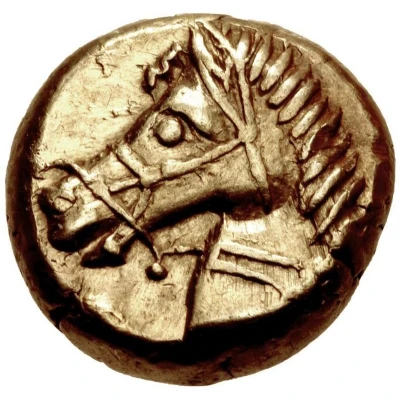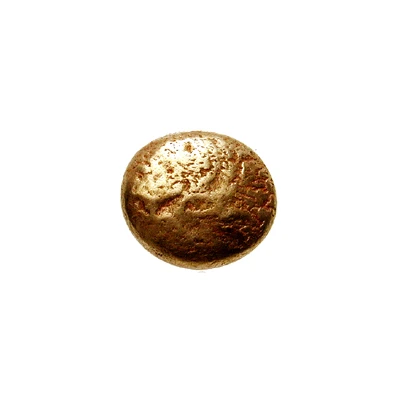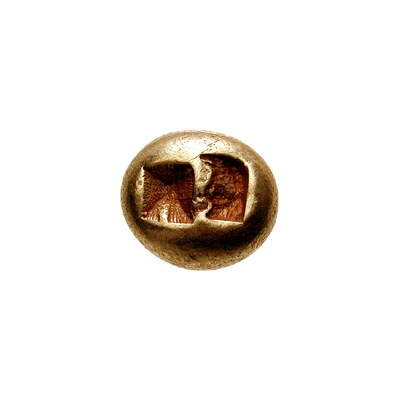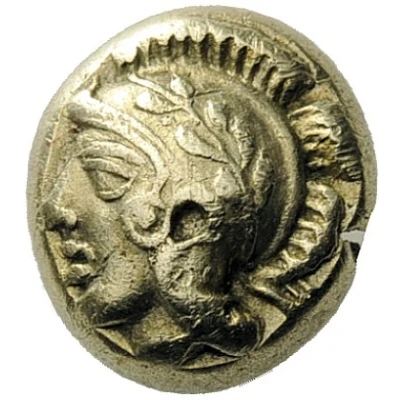
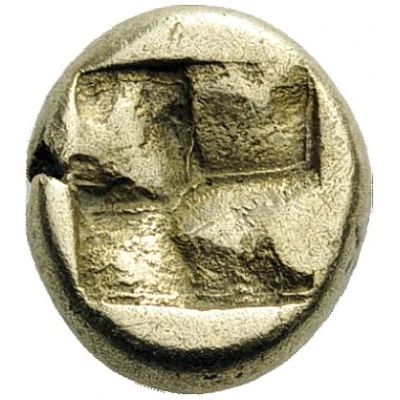

© Nomos AG
Hekte 440 BC - 400 BC
| Electrum | 2.55 g | 10.0 mm |
| Issuer | Uncertain Ionian city |
|---|---|
| Type | Standard circulation coin |
| Years | 440 BC - 400 BC |
| Value | Hekte (⅙) |
| Currency | Electrum Stater |
| Composition | Electrum |
| Weight | 2.55 g |
| Diameter | 10.0 mm |
| Shape | Round (irregular) |
| Technique | Hammered, Incuse |
| Demonetized | Yes |
| Updated | 2024-10-10 |
| Numista | N#185334 |
|---|---|
| Rarity index | 100% |
Reverse
Quadripartite incuse sqaure
Comment
Apparently unpublished in the standard references.Note from Nomos AG:
In its first appearance this coin was attributed to Phokaia, which was a reasonable suggestion but its apparent lack of the usual seal makes this somewhat unlikely. In fact, this coin probably should remain among the uncertain issues of Ionia - there are other one-sided hektai that are surely not Phokaian since they, also, lack that city’s canting badge. In any case the head of Athena can best be compared to contemporary issues from western cities like Thurium and Velia
Interesting fact
The Hekte coin was used as a form of currency in ancient Ionia, which is now modern-day Turkey. The coin's design features a lion's head on one side and an inscription on the other. Despite being made of electrum, a naturally occurring alloy of gold and silver, the Hekte coin was not considered a high-value coin during its time. In fact, it was considered a relatively low-denomination coin, with a value equivalent to about 1/60th of a standard gold coin. Despite its relatively low value, the Hekte coin is still highly sought after by collectors today due to its historical significance and rarity.
